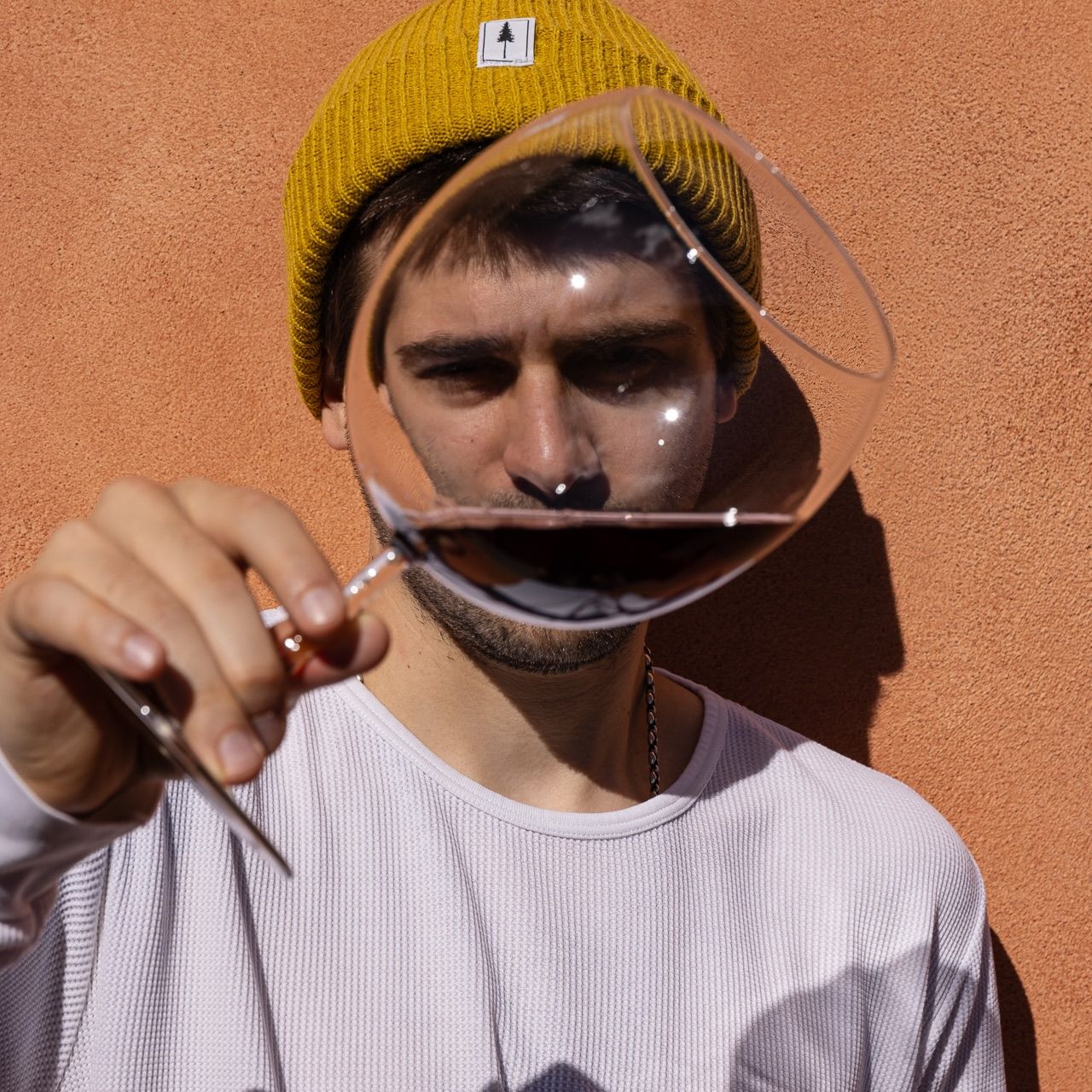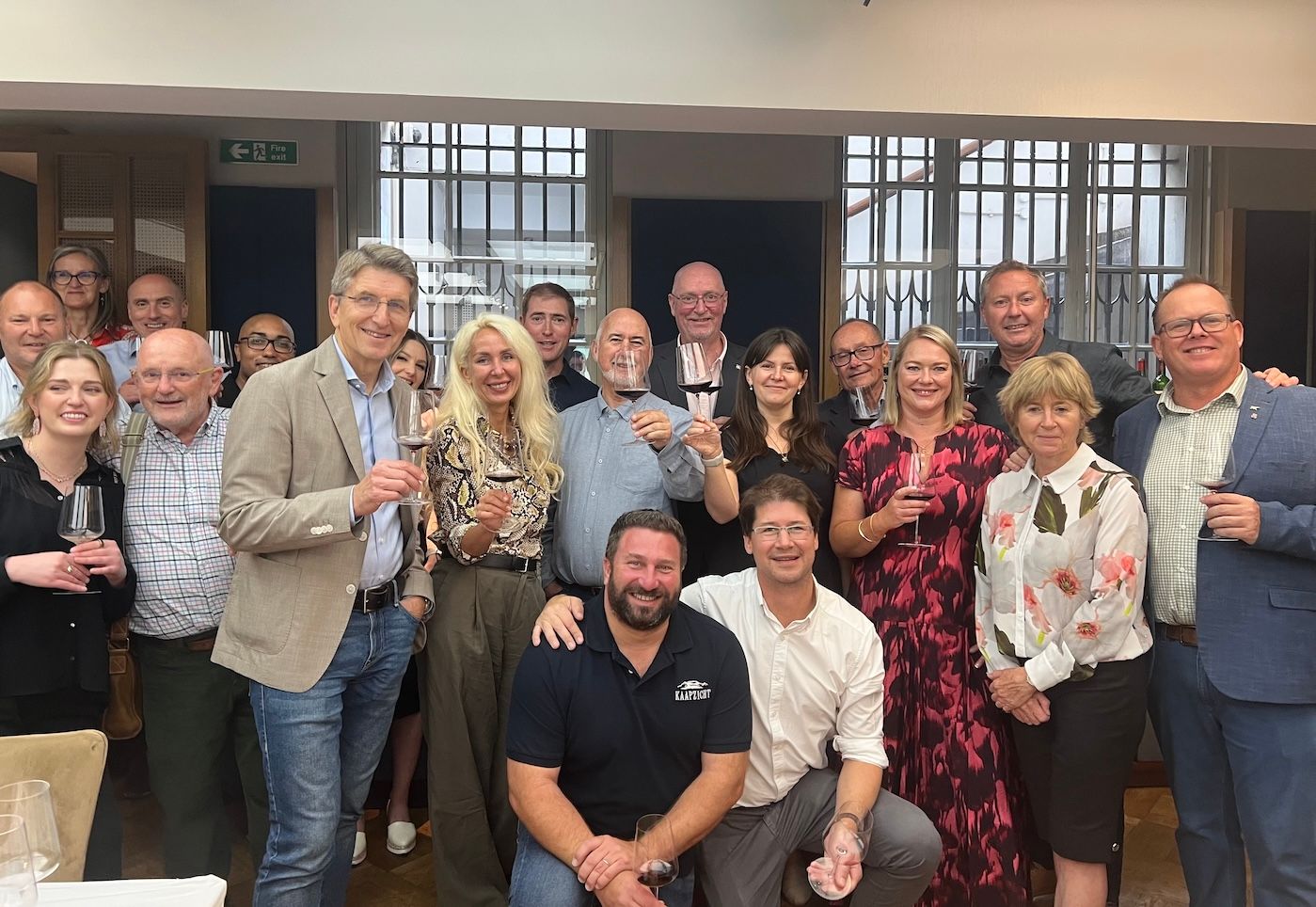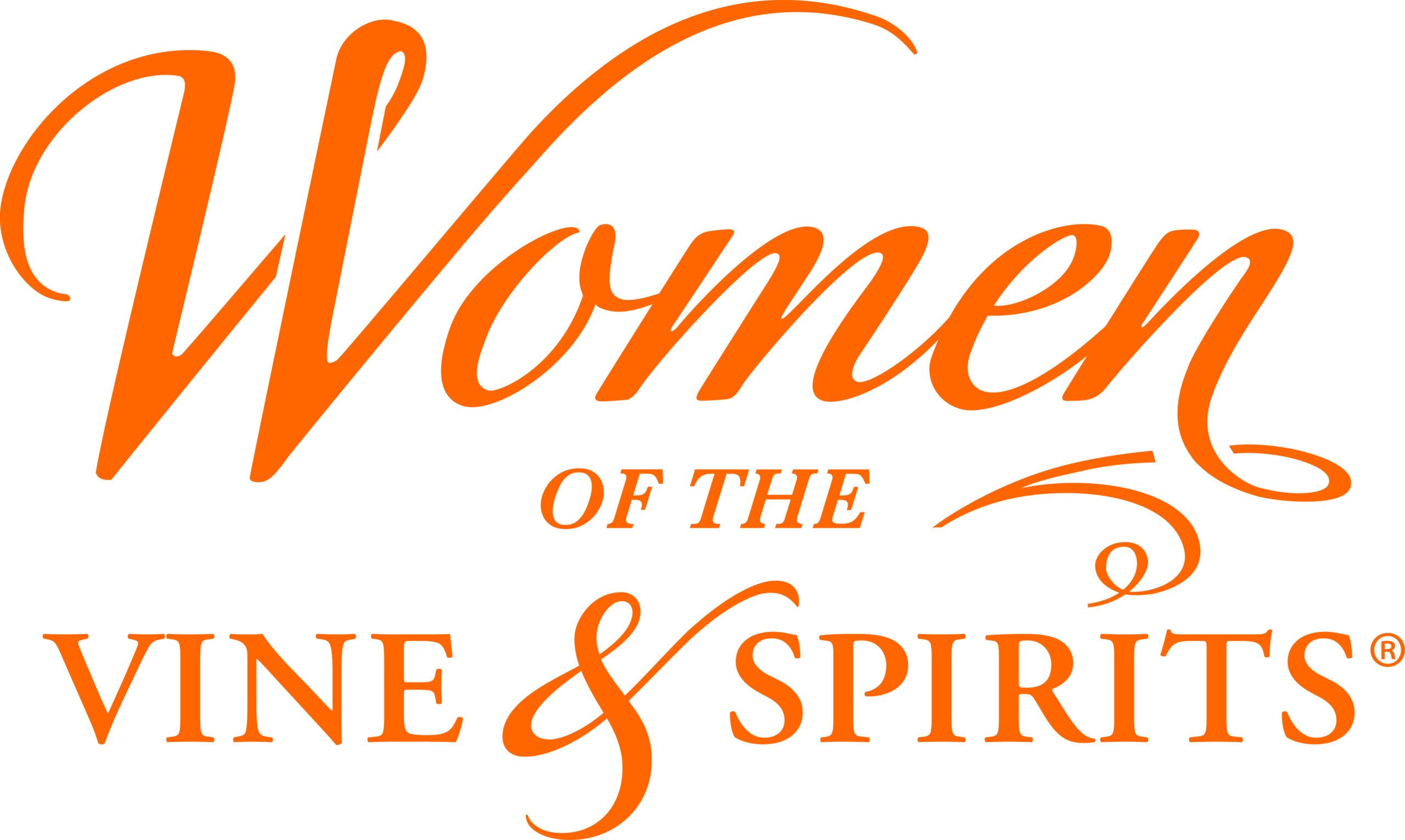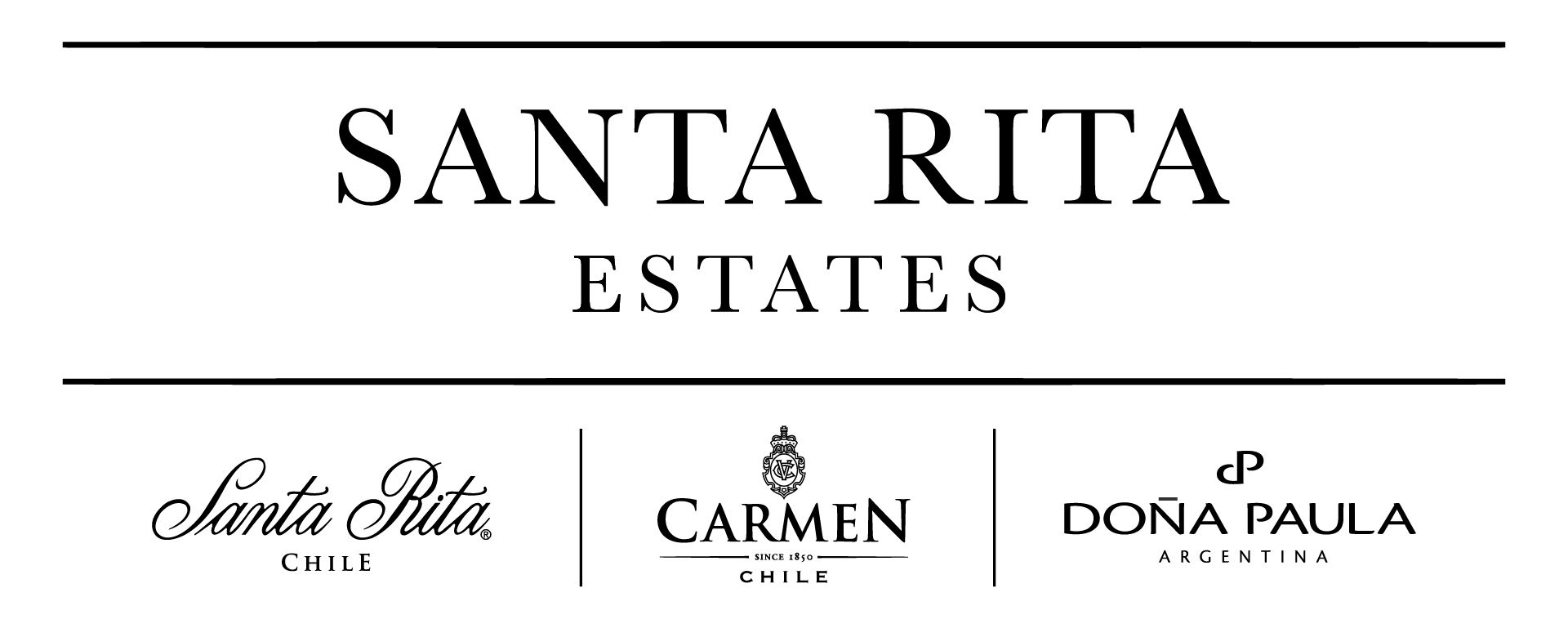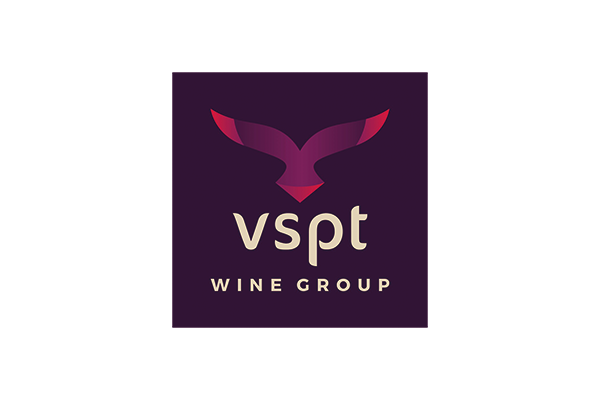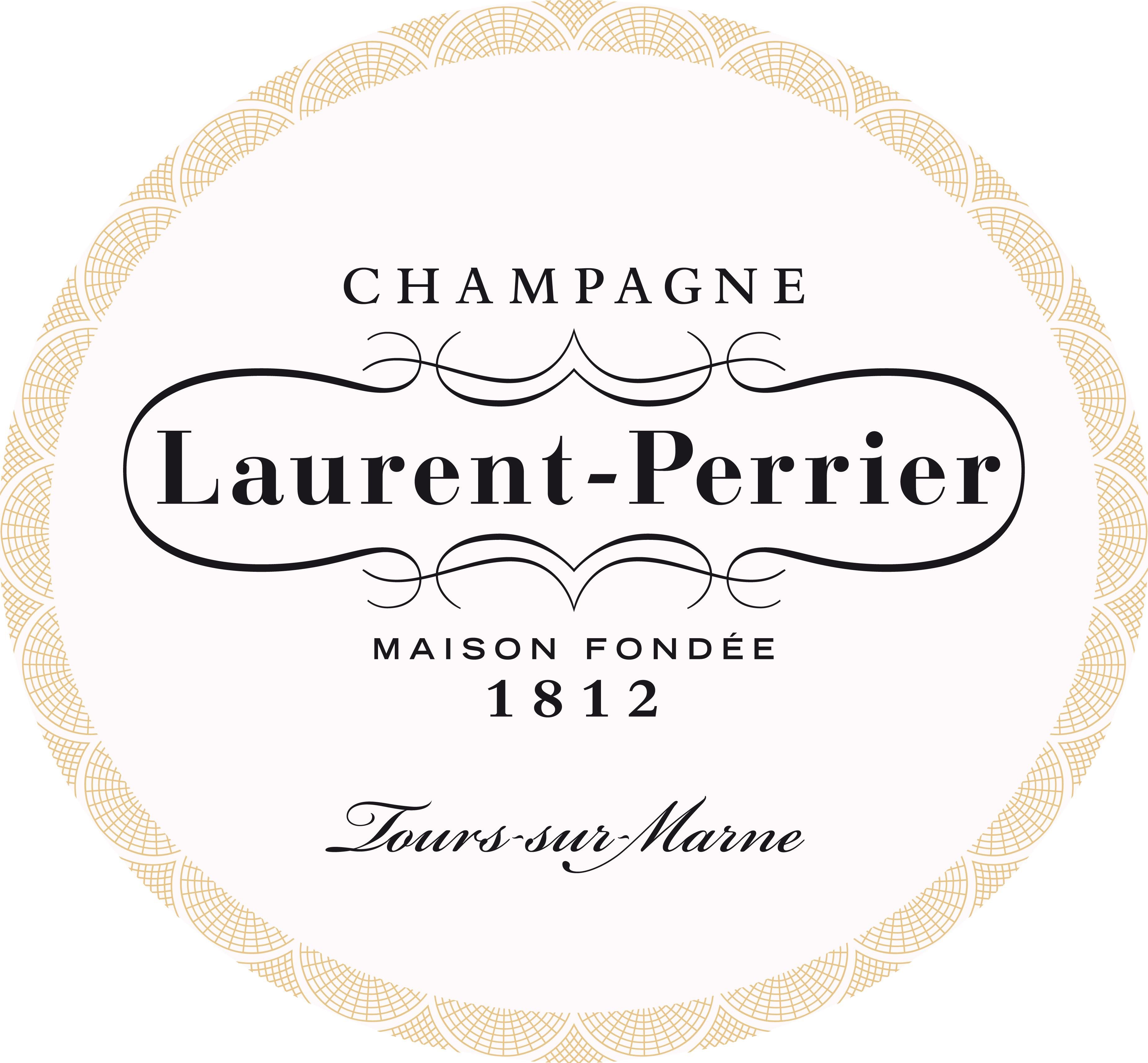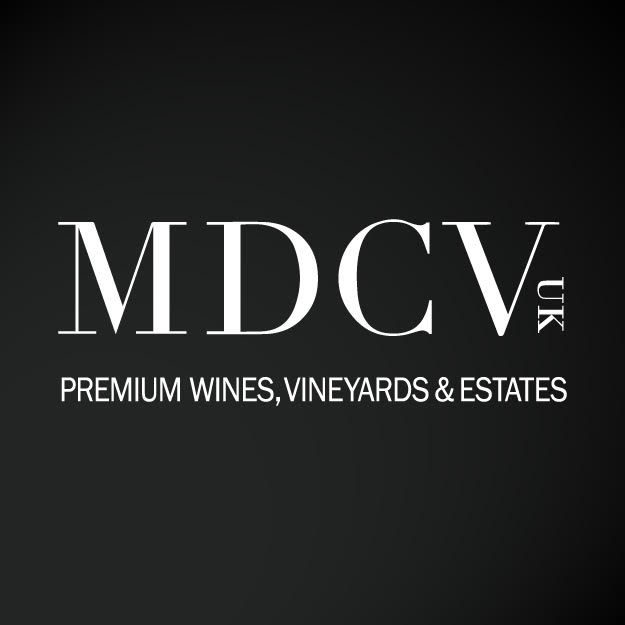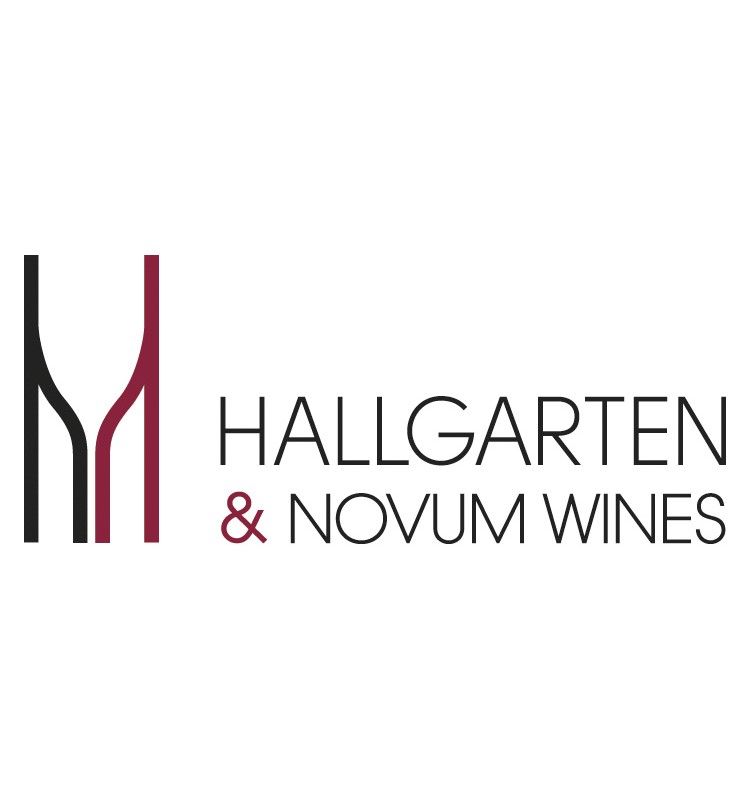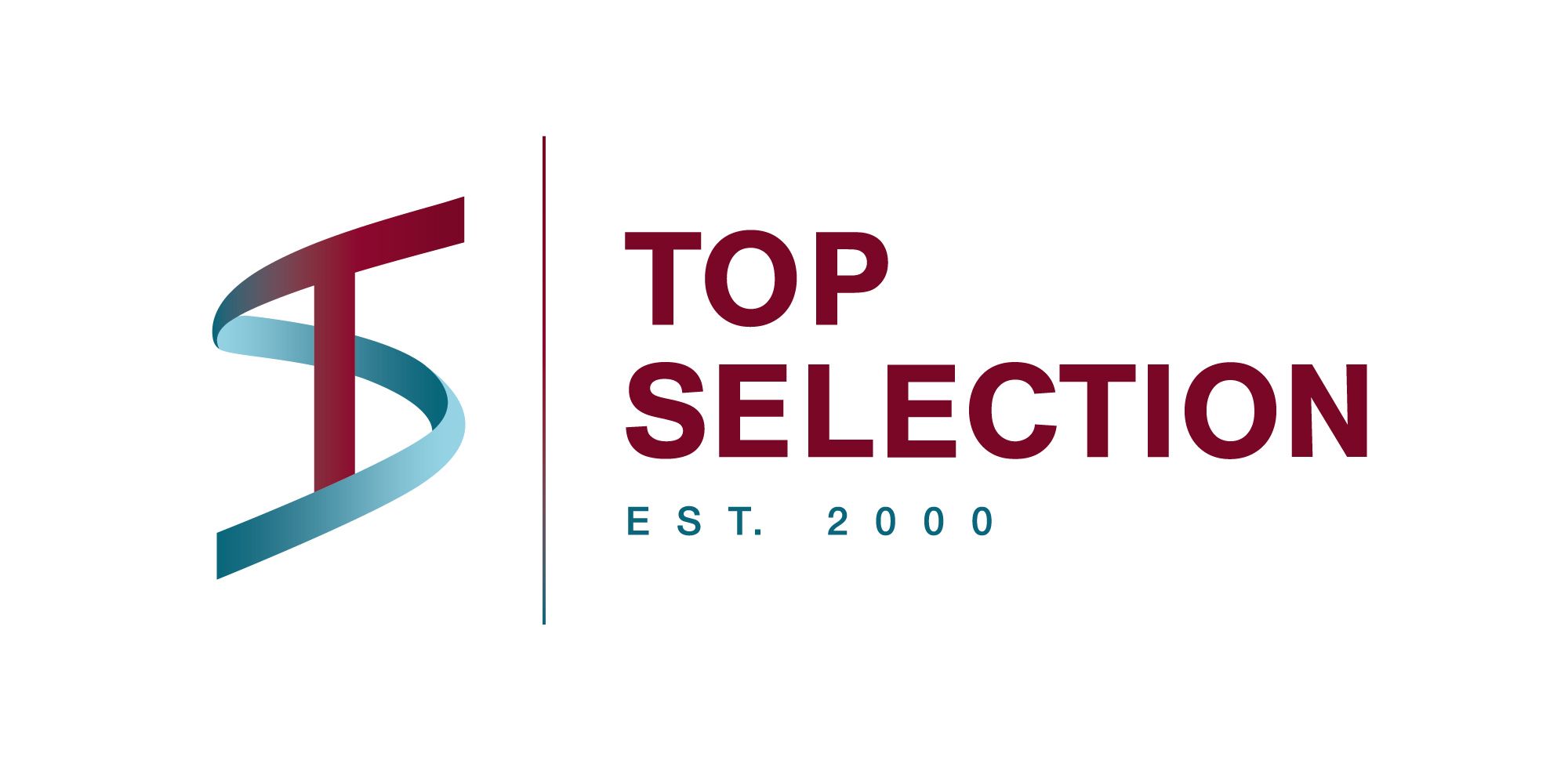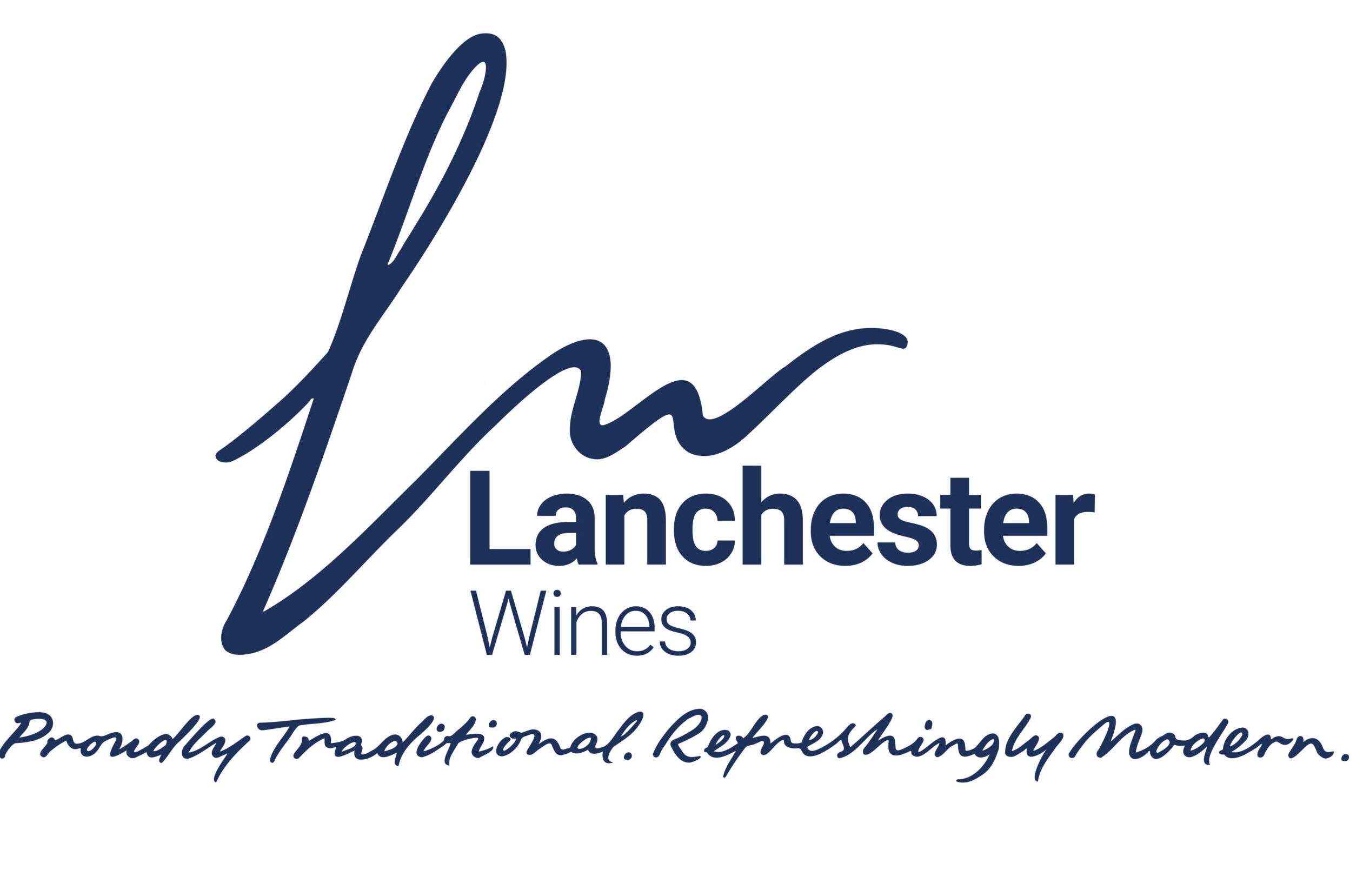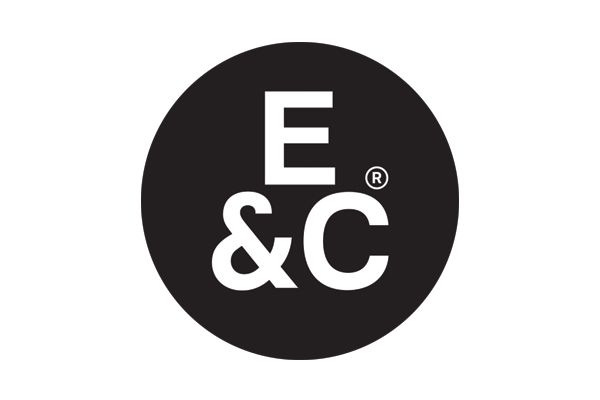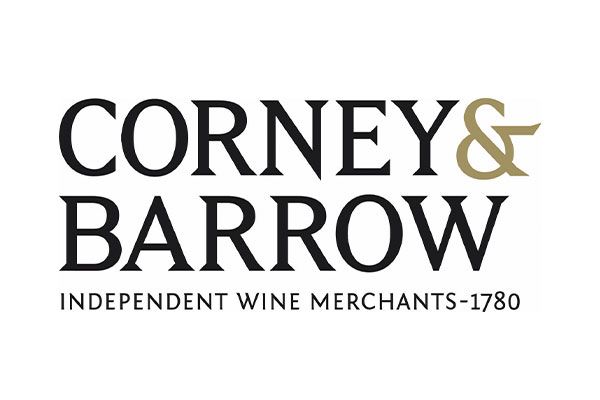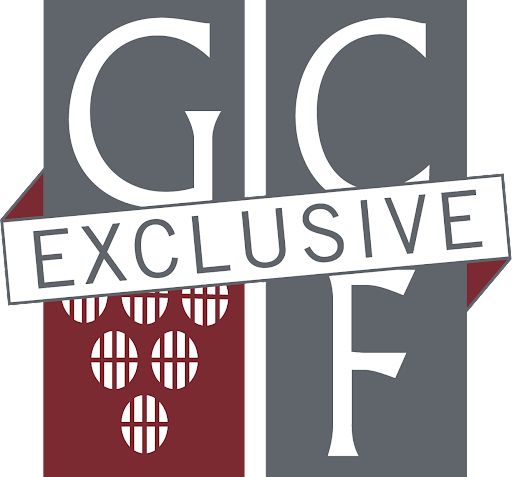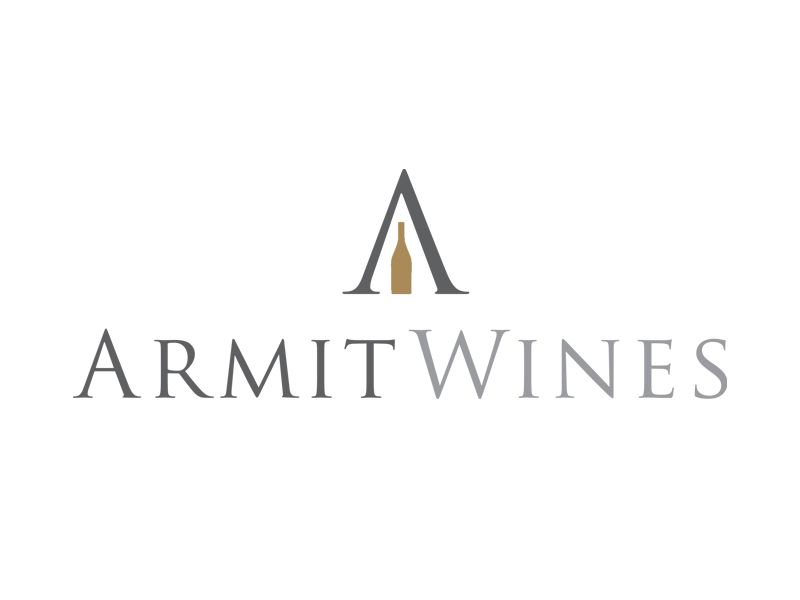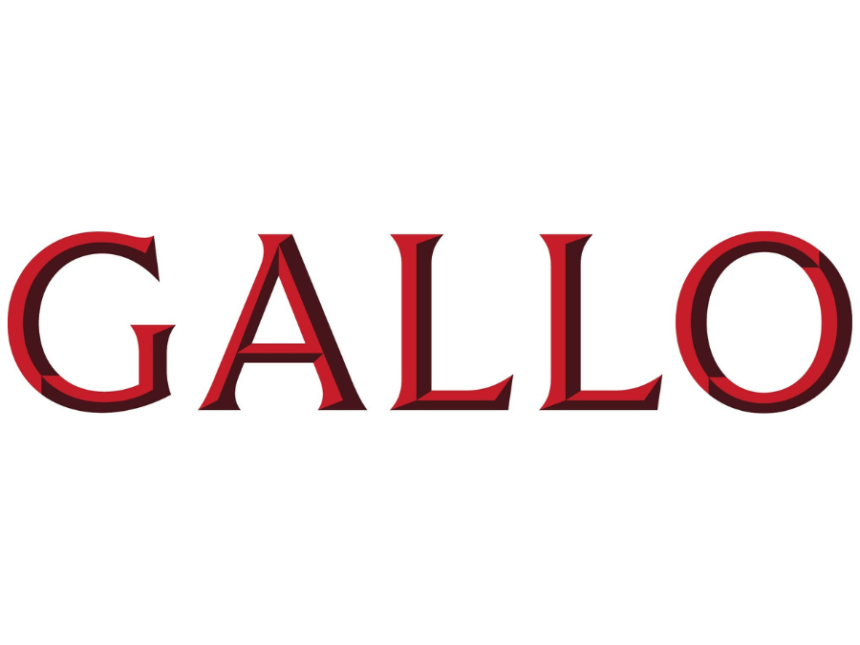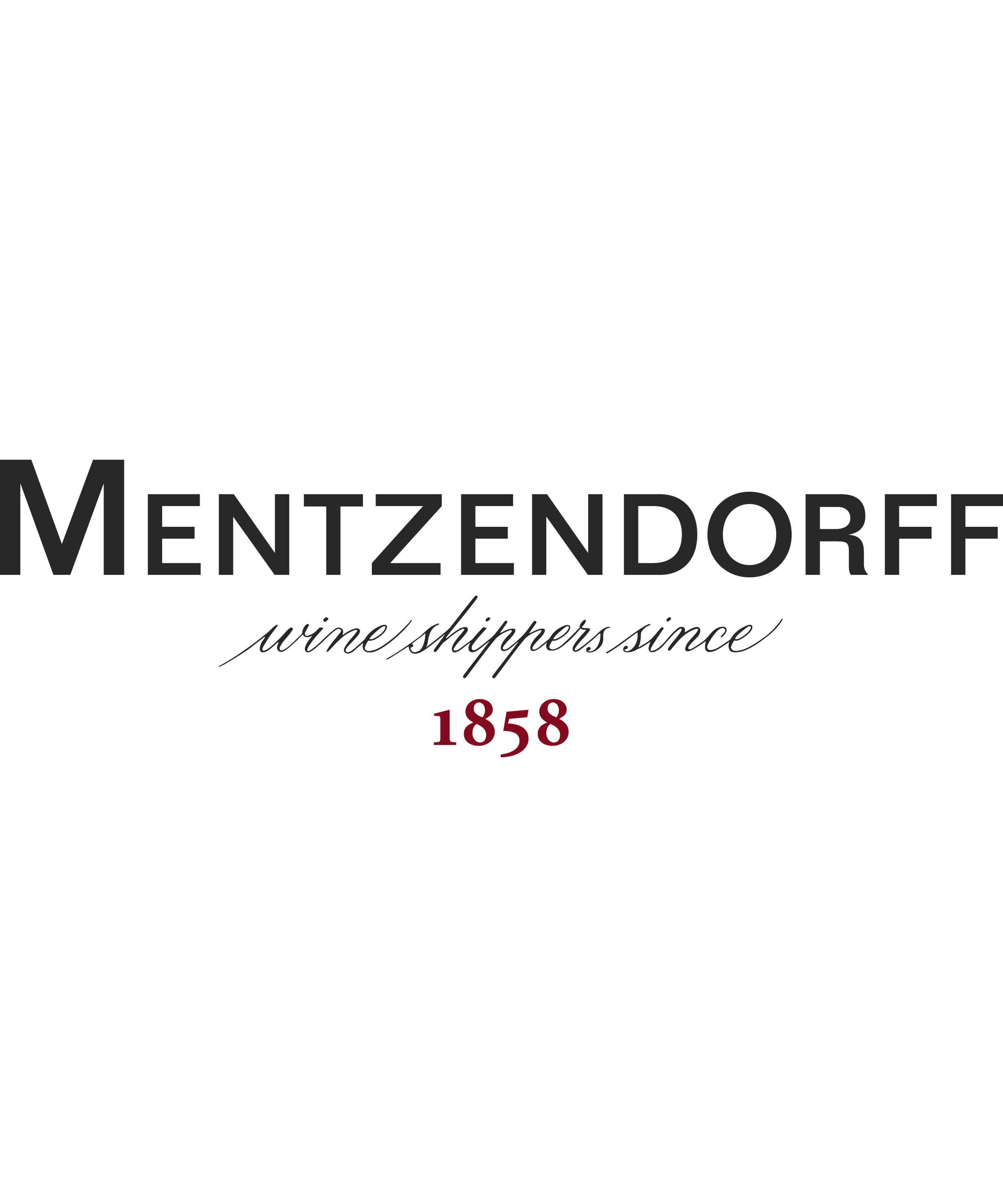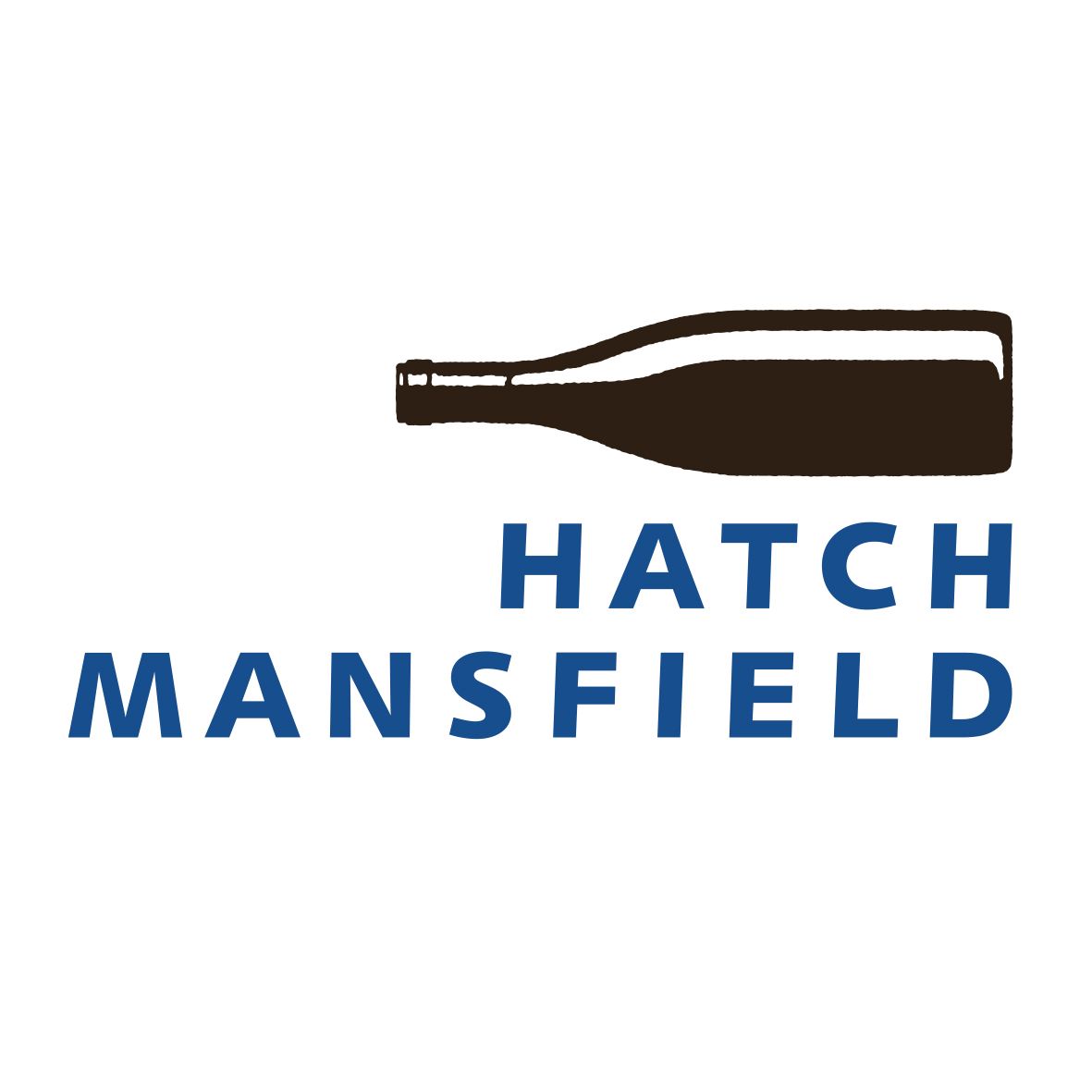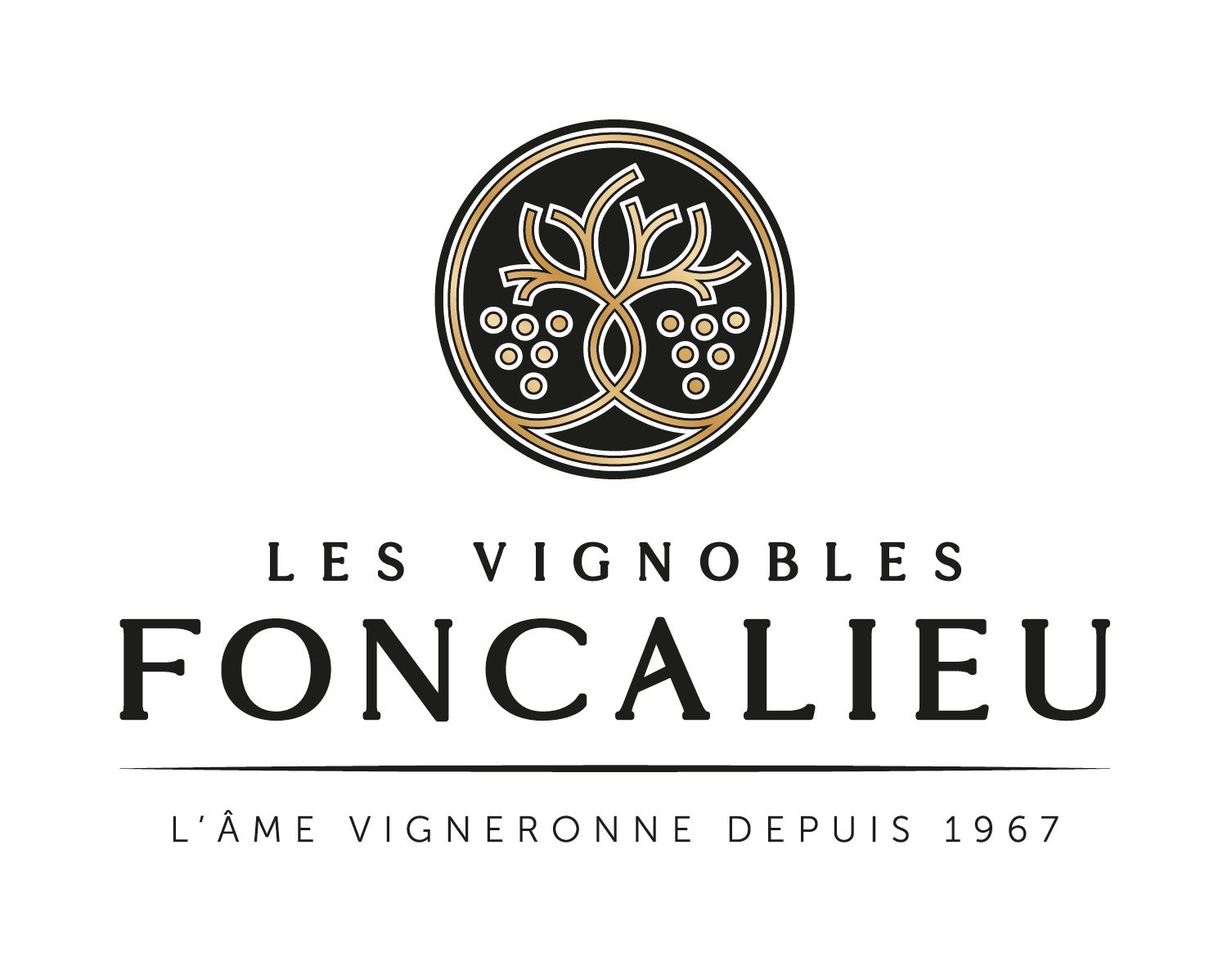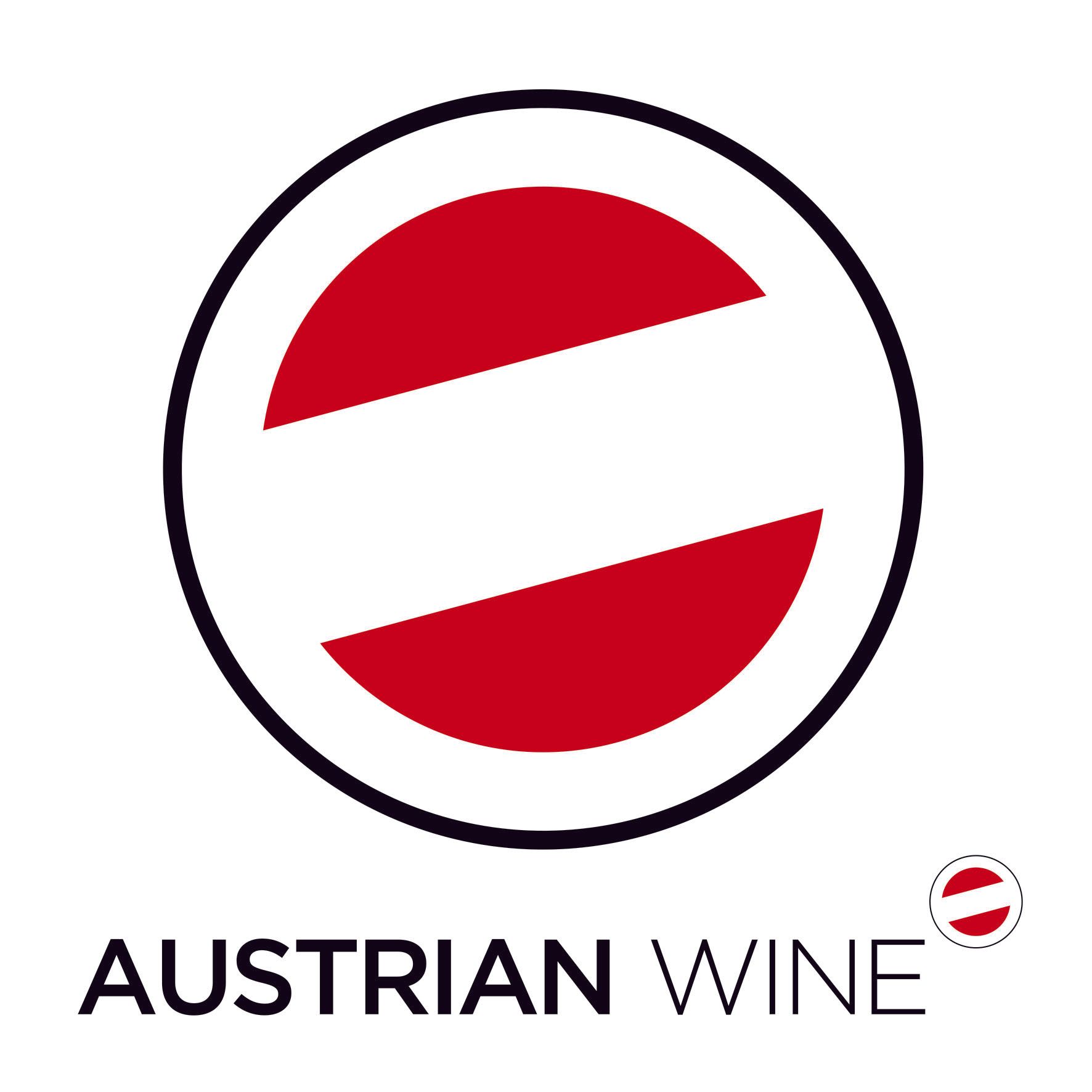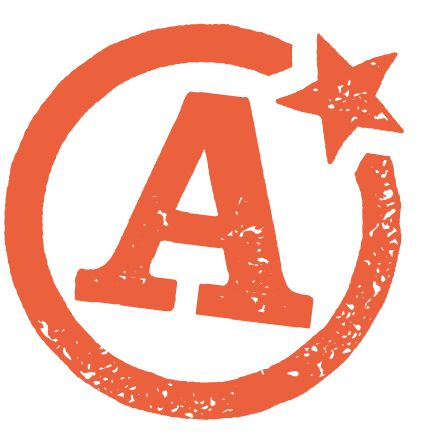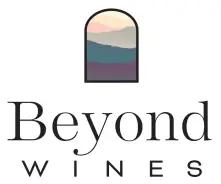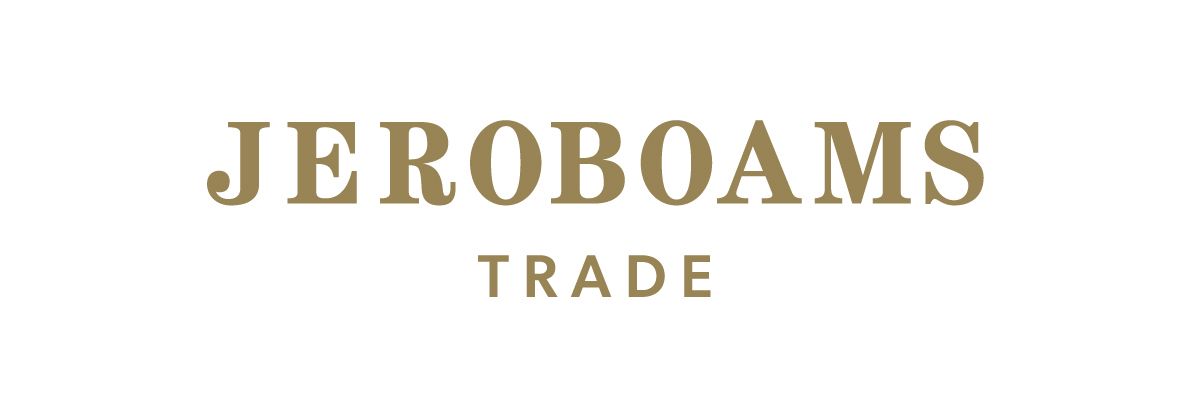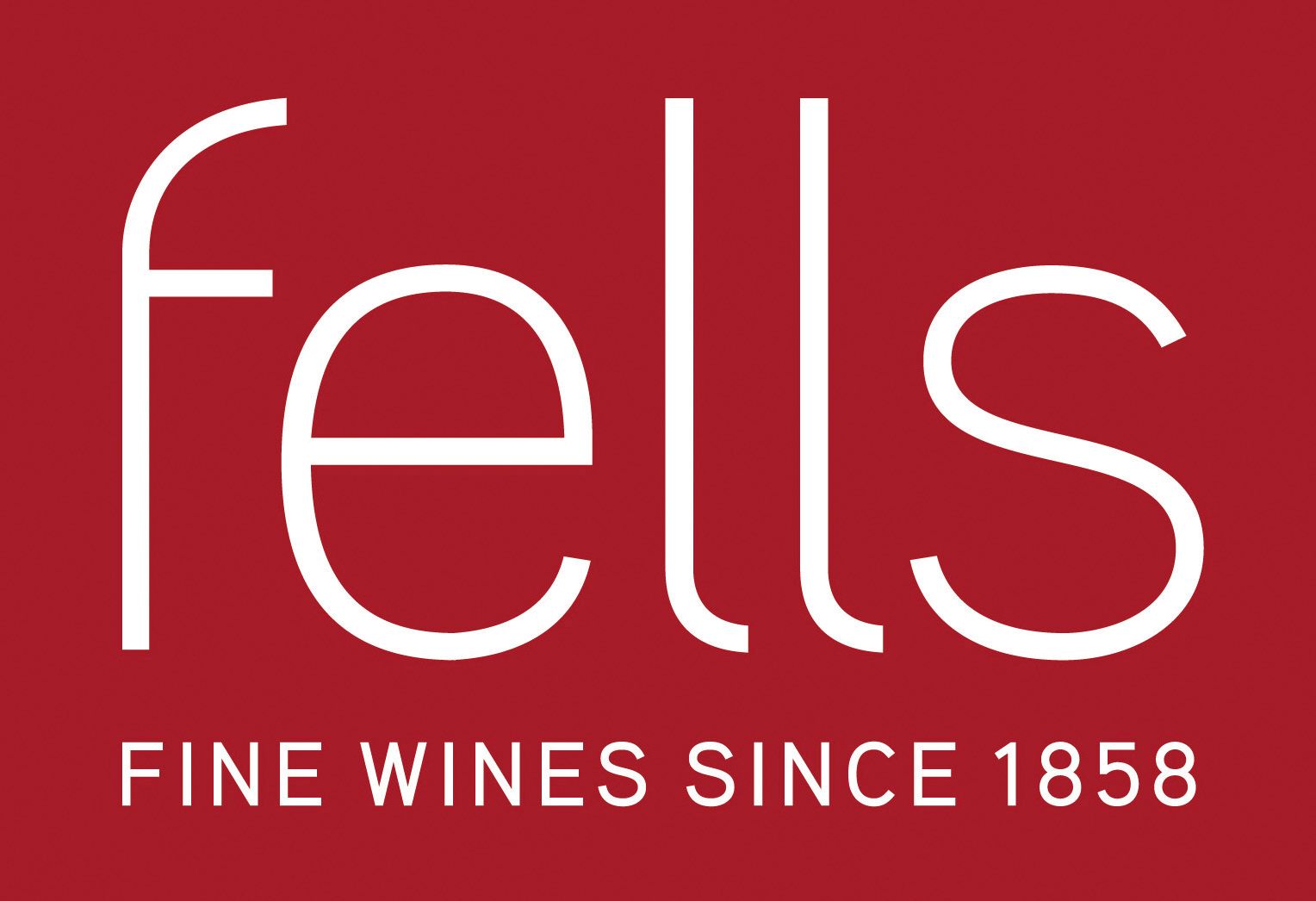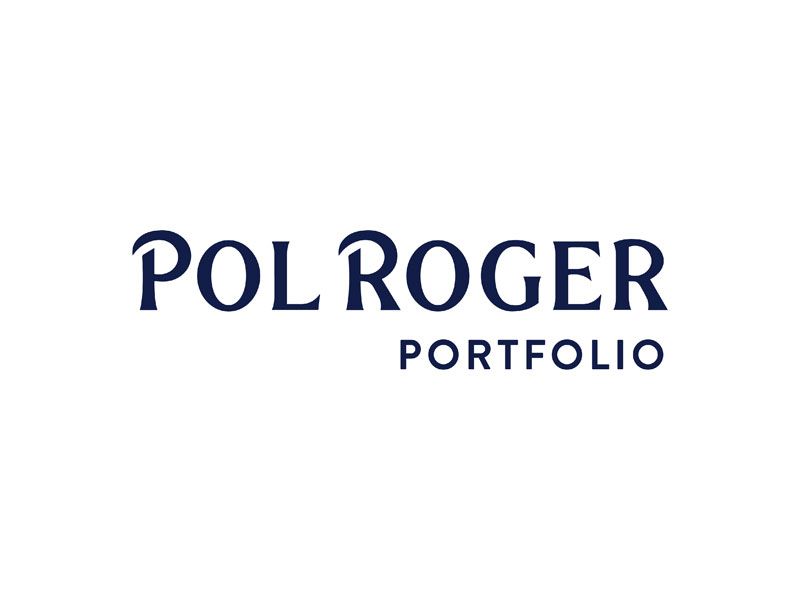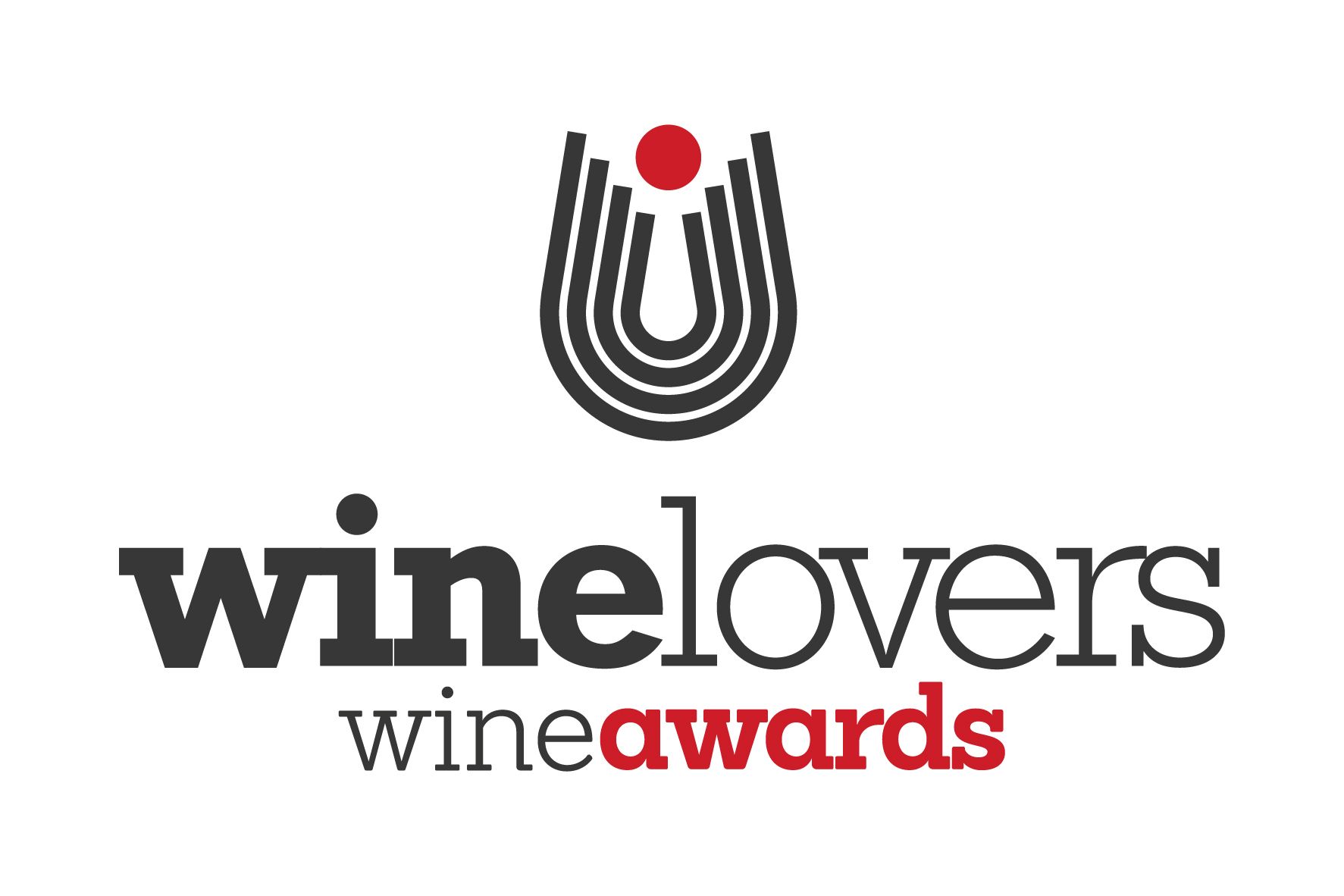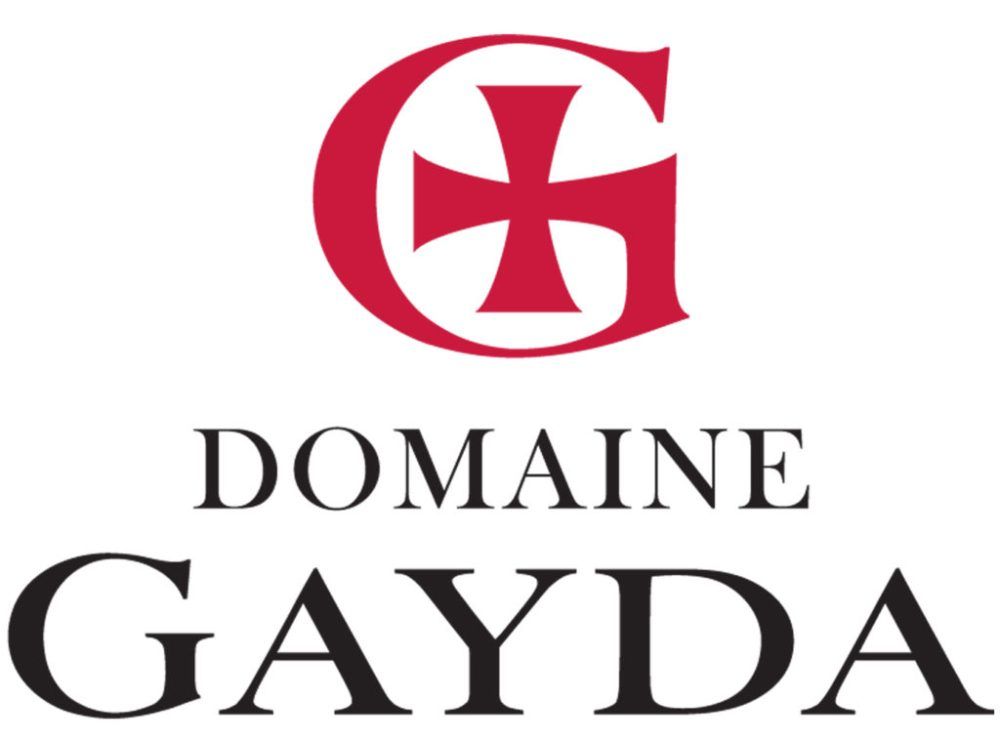People don’t like change. It’s not in our nature. Yet we are all expected to be constantly changing our business models to keep up with either real or perceived changes in the wider retail, hospitality and drinks industries.
How many times have you been along to an industry conference and heard this pearl of wisdom? “If the rate of change on the outside exceeds the rate of change on the inside, the end is near.”
Jack Welch is probably more famous for uttering that immortal line than he ever was being chief executive of General Electric.
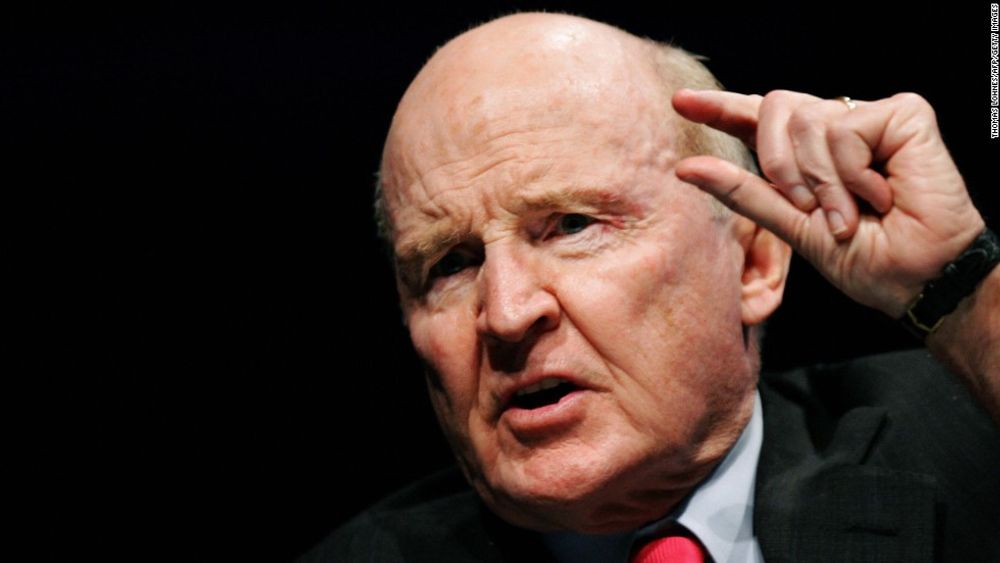
The ultimate in management speak: Jack Welch the former chief of General Electric
But as business sayings go it is unlikely to ever go out of fashion as it pretty much nails whatever successful business is trying to achieve.
Or at least should be trying to. Keeping ahead of all the changes taking part in their industry.
But apply this logic to many aspects of the global beers, wines and spirits industry and it quickly comes unstuck. Particularly when you look at the strategies of so many of the world’s biggest drinks buyers, particularly amongst the major supermarket groups, that continue to put low prices and promotions before anything else.
It does not seem to matter how much the rest of the industry – and their supply chain – cries out to them to change their ways the rules of engagement, the power of negotiation means price is always first on their agenda, for all the talk of long term partnerships and relationships.
With so many other grocery categories to worry about, each with their own sustainability and supply chain issues, it’s probably a little far fetched to expect supermarket and discount grocery chains to behave in any different way. It’s what they do. It’s what their shareholders and investors expect them to do. And it all ultimately means lower prices for consumers at the tills.
For them to look at the long-term future of the global wine industry, where everyone gets a fair, profitable price for the grapes they are growing, the grains they are processing and the spirits they are selling, is always, sadly, going to be a pipe dream, no matter how long we talk about it and commentators write about it.
Wine, beer or spirits are not special – at least not in the eye of a major multiple retail or on-trade buyer. They’re just good footfall categories to get the punters in.
What the big operators care about
The big retail chains and on-trade groups are more concerned about each other and outside competition from the likes of Amazon to be bothered about a grape harvest shortage in the Maipo Valley in Chile.
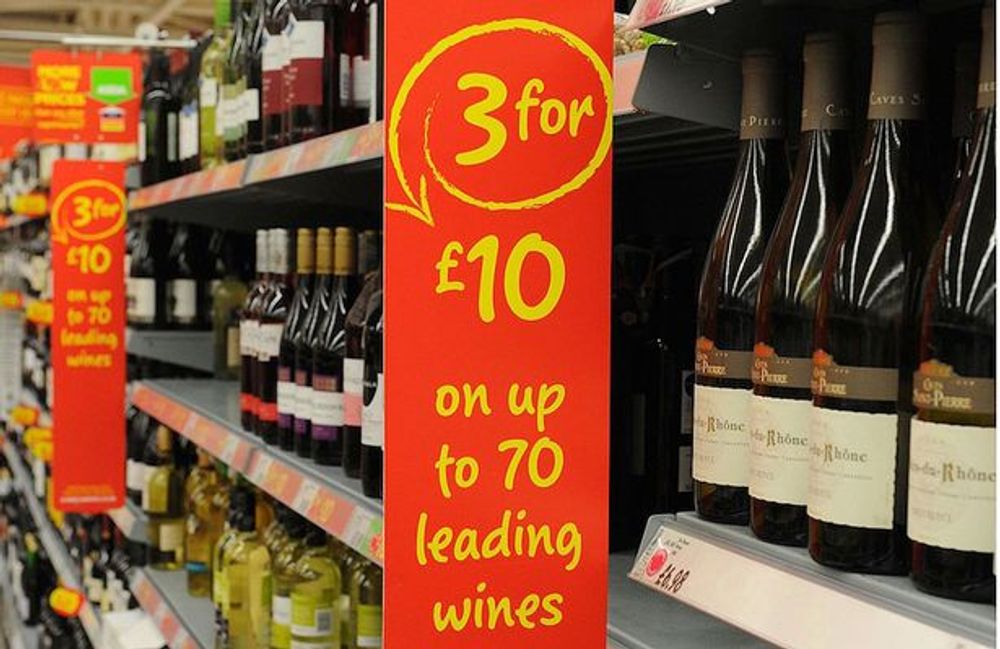
However much retailer talk about long term partnerships it’s still price that dominates the agenda
You only have to look at the proposed Sainsbury’s-Asda deal. That’s more about protecting their share of the market. Their future sales against the threat of say Tesco moving into wholesaling and the on-trade with Booker Cash & Carry.
Big grocery and hospitality conferences are not spent analysing the ins and outs of different categories such as BWS. They’re about understanding consumer and shopper behaviour and why we are all buying more online and wanting all our stuff delivered to our homes.
The big retailers, pub groups and restaurant chains are more worried about having their products (which they expect to be delivered on time and at a price they want) in the right place, in the right format.
Their “in boxes” are full of property reports, planning applications, efficiency plans, staff manuals, cultural change handbooks and, yes, probably management self-help books written by the likes of Jack Welch.
They’re not that bothered about which is the best selling cereal, the fact we are using more roll on deodorants than ever before or that Provence rosé is the wine of the summer. They just expect their individual category managers to be on top of all that and are sourcing the best priced products to get more customers through their doors.
It’s all the other big picture, non product-related stuff they have to worry about.
Do what we can do
So if our major drink retail buyers are not going to change the way they work any time soon, then it is up to the suppliers, the importers and the producers that work with them to start changing even more how they work.
The events of the last 18 months, where grape shortages the world over have put even more pressure on that supply chain, has only helped speed that process up.
Everywhere you look drinks businesses are changing their business models to cope with the very different dynamics of the markets they serve.
No longer can they be classified as simply a “supermarket supplier” or an “on-trade distributor”.
The way wine, beers or spirits is now being bought and sold is moving a lot quicker than the traditional distribution routes that drinks companies use to bring their products to market.
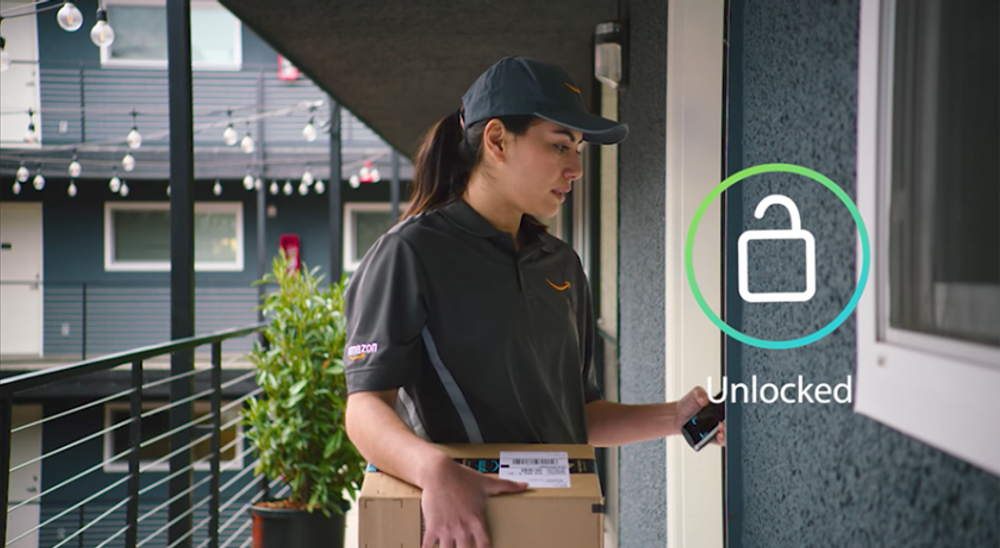
Amazon is now so engrained in our lives that it is trialling a new service whereby we will give permission to its delivery drivers to come in to our homes if we are out.
As we all start looking to use our smartphones, interactive apps, and even voice search devices like Amazon Alexa or Echo in our homes to buy more goods and services, then suppliers and producers need to be doing far more to make sure their products are available and can be bought through all these new retail channels and the platforms behind them.
It means drinks suppliers and producers need to stop looking at the industry as a series of vertical routes to market. Be it supermarkets, convenience chains, discounters, online retailers, restaurants, bars, pubs, wine clubs or price comparison apps.
That’s the old way of doing things where you could be a specialist producer, or supplier, of a certain kind of wine, at a particular price, for a seemingly never changing sector of the market.
Blurring channels
Well think again. We now need to consider the world to be flat. Horizontal in fact. Where all those channels don’t just work in perfect isolation, but are increasingly, for many operators, becoming the sum of what they do. The more channels they are in, the more likely they are to succeed and be relevant to more buyers.
It’s where a business like Amazon, with its new bricks and mortar stores, can now effectively claim to be in all those channels all at the same time. It’s not alone. Major chains like Wal-Mart in the US, Carrefour and Tesco in Europe, Woolworths in Australia are all involved in trials or full on roll outs into multi-channel retailing.
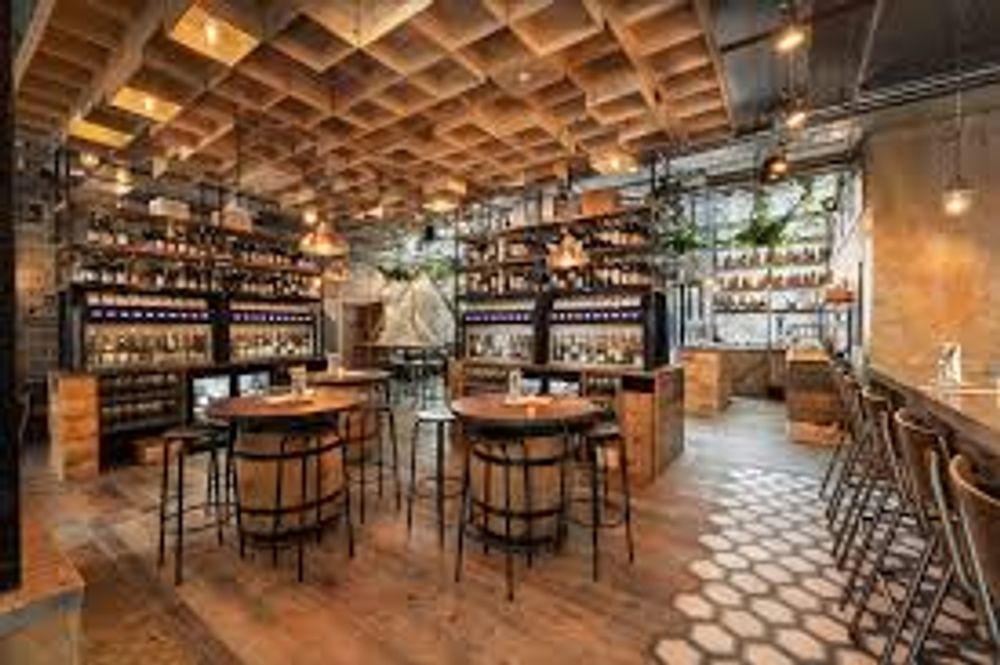
Is that a winery over there? Vagabond’s new urban winery at its bar in Battersea Park
It’s just the same in the on-trade where operators are equally looking to become multi-channel. New wine importer, Wanderlust Wine, is typical of a new type of business that is looking to service all channels be it direct to restaurants, running their own wine club and online store, whilst also running an on demand delivery service. Wine bars have long been selling wine to take away (pioneered by Vinoteca) and, now with Vagbond Wines’ new urban winery in Battersea Park are actually making the wines they sell.
The rules and regulations of how businesses now trade have all been torn up.
Just as you can buy your dinner hopping on the bus on the way home, and have it delivered within a 15 minute time window at an address that is not even yours, then wine companies need to find more ways where they too can offer, sell and deliver their wines in equally convenient ways.
Going direct
We are hearing a lot more in the market about the great DTC opportunity. Direct to consumer. But for the most part we are still very much at the talking stage.
For unless you are set up as a standalone DTC business it is hard under the agreed perceived ways of doing business for a drinks supplier or producer to do things differently.
To suddenly announce you are going to cut out the traditional routes to market that have been serving you well for decades and go and do it all for yourself is a big pill to swallow, for you and your customers.
But let’s not forget our friend Jack Welch. The biggest change in our business is not happening in it, it’s taking place outside. With the consumer.
The average wine buyer does not care a jot about how you have always done business, about your great channel management retail strategies. The fact you have wines that you only sell in retail, and would never end up on a wine list. Really? Why?
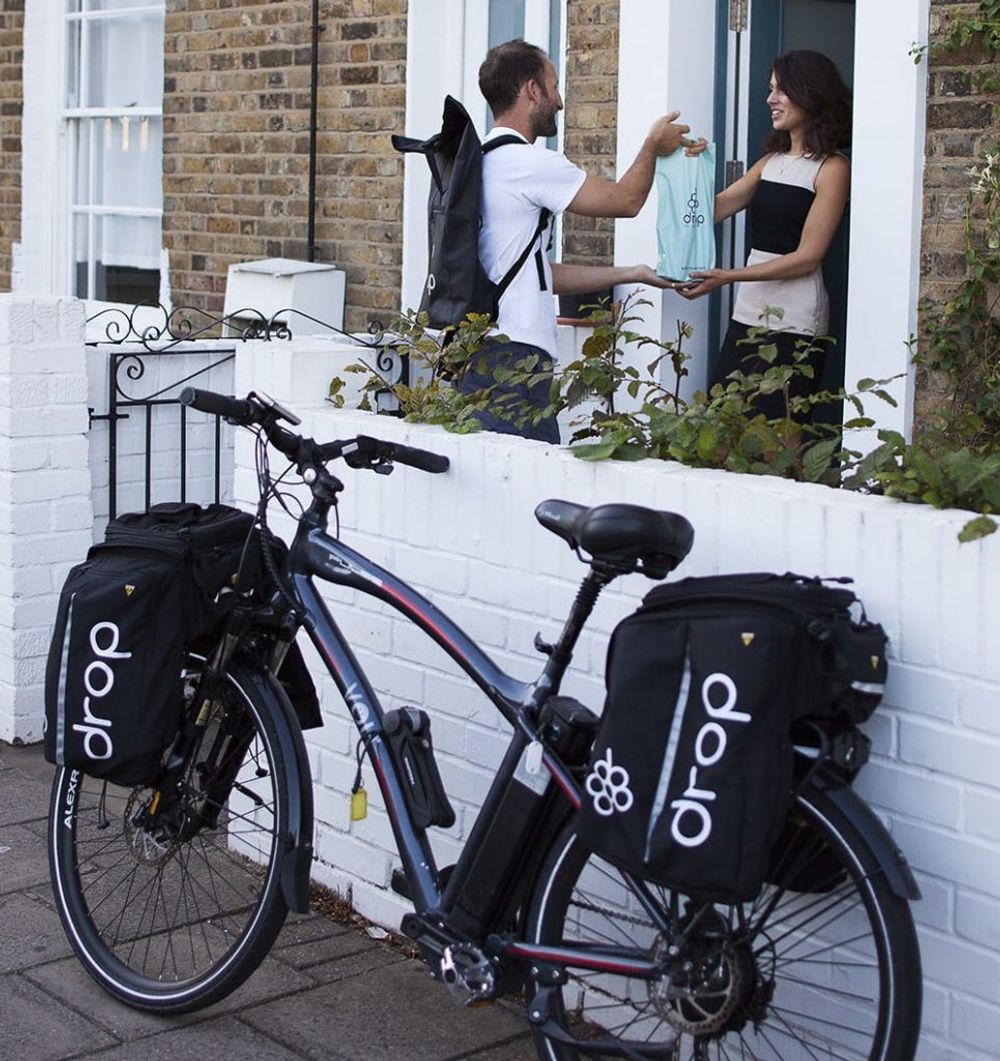
Premium wine to your door…the modern equivalent of a door-to-door salesman
It’s why the likes of Wanderlust, Red Squirrel, 10 Cases and its Drop service are changing the way we can now buy wine. One of the big calling cards of the new Hide restaurant currently turning heads of restaurant critics in London is the fact you can buy wines straight off the shelf from the luxury Hedonism wine store just 10 minutes away. A fine wine restaurant that is proud of the fact its wine offer is predominantly based on a wine retail model.
Consumers now have the ability to go out and look for wines, beers and spirits they specifically like, from producers, brewers and distilleries they may have personally visited, and expect to have them delivered to wherever they may be in a matter of minutes.
More and more drinks companies are changing their business models to try and do that. Or at least some of it.
After all it’s no different to how we buy our own groceries, order goods online, and expect them to be where we want, when we want. So why should wine, beers or spirits be any different?
If you don’t believe me – believe Jack Welch.
- There are a number of sessions in the Innovation Zone at next week’s London Wine Fair that address this issue including:
- Tuesday May 22, 1pm: Blurring business models. Hear from different wine companies how they are changing their business models to cope with the changing dynamics of the industry including Robin Copestick, managing director, Copestick Murray; Martin Williams, founder, M Restaurants; Alistair Morrell, wine consultant; Andy Crossan, director consumer insights, Kantar Worldpanel; Richard Ellison, founder, Wanderlust Wines.
- Tuesday May 22, 15.30pm: How businesses are changing the way they buy, ship and sell wine: Hear the different trading strategies companies now have to buy, source, ship and sell wine more efficiently with Pierre Bonel, CCO at JF Hillebrand; Andrew Porton, director, Wine Fusion; Richard Cochrane, managing director of Felix Solis UK; Doug Wregg, sales director, Les Caves de Pyrene; Mark Lansley, managing director, Broadland Wineries.
- Tuesday May 22, 16.45pm: How to make the most out of e-commerce, online and on-demand. Consumers want increasingly delivered to them where and when they want it and wine companies are having to adapt to meet those demands. Hear from Andre Mannini, operations director, M Restaurants; Richard Ellison, founder, Wanderlust Wines; Thomas Aske, co-founder, Fluid Movement and Whisky.me.com; and Ben Revell, founder, Winebuyers.com.
- This is an adapted article to one that was first published on VINEX, the global trading site for bulk and bottled wine.




